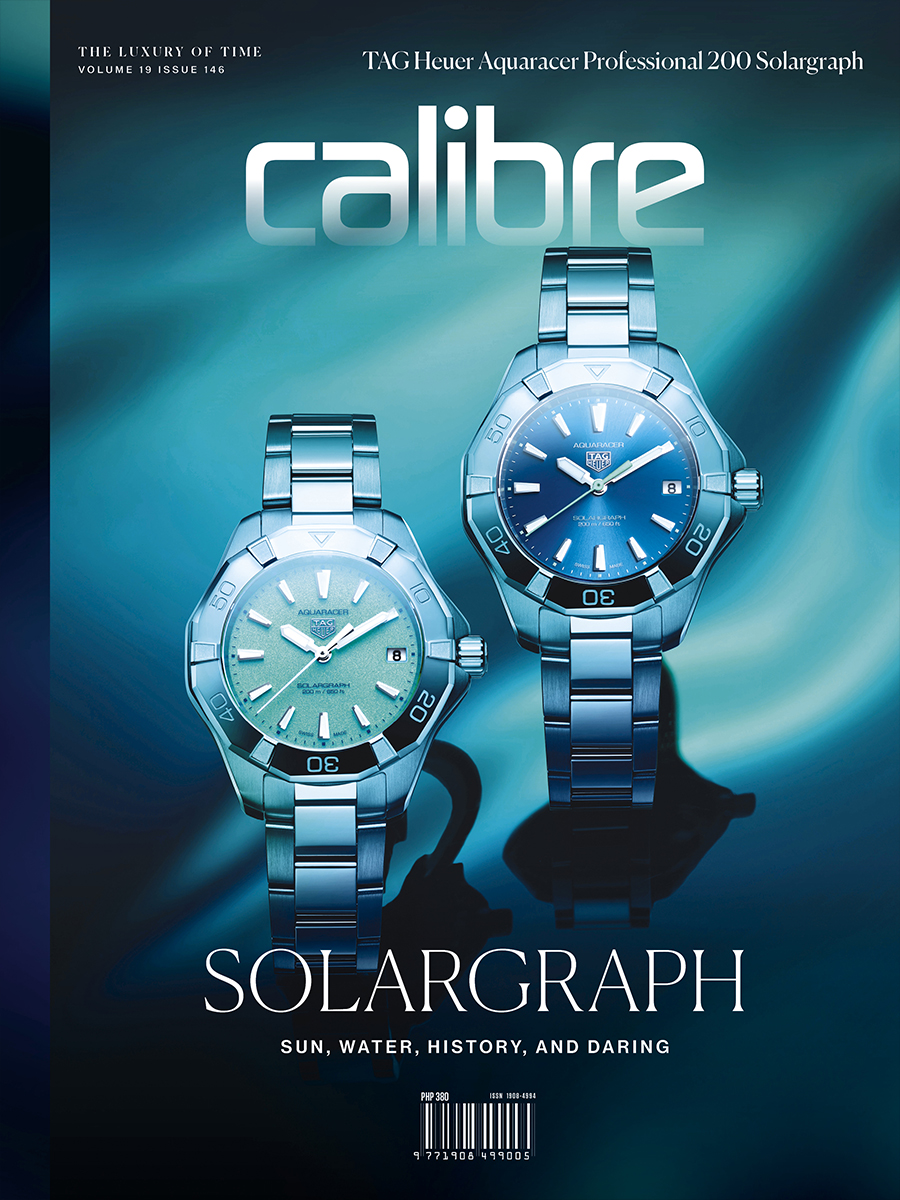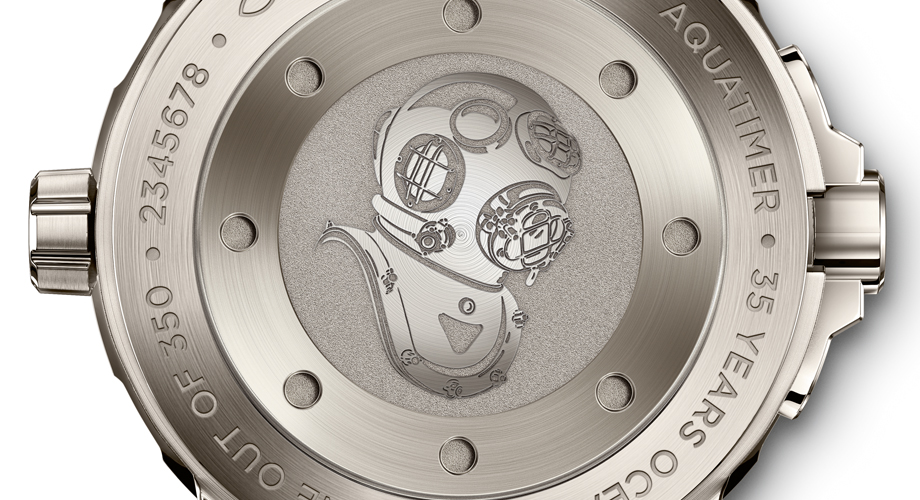The Aquatimer Ocean 2000 was first introduced in 1982. The watch was a collaboration piece between the Schaffhausen-based watchmaker and a car designer. Ferdinand A. Porsche designed the Aquatimer Ocean 2000 for IWC thirty-five years ago, and it proved to be a watch ahead of its time. It had a water resistance level of 2,000 meters!
This year, IWC celebrates the Aquatimer Ocean 2000’s birthday by releasing the new Aquatimer Automatic 2000 Edition “35 Years Ocean 2000”. To date, this watch is the thinnest deep-sea diver’s watch that IWC has even made. Its case size measures 42mm and has a thickness of just 14.5mm. This engineering feat was made possible through the use of titanium. The manufacture has been working with titanium for over thirty years and knows how to craft the material for their purposes.
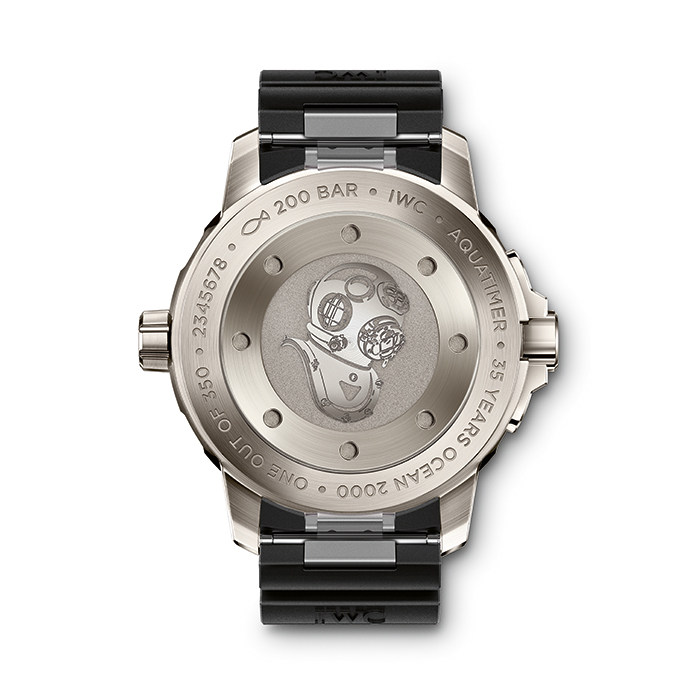
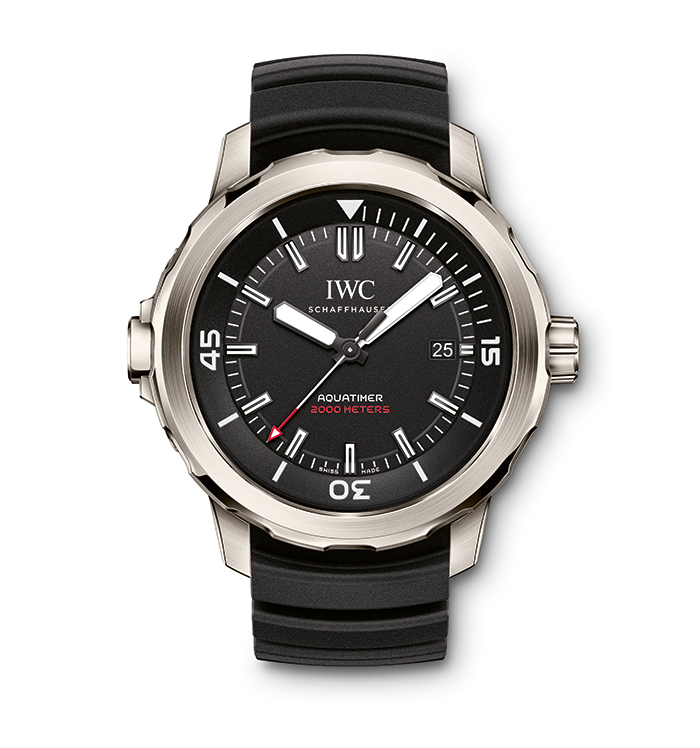
Inside the titanium case is the Calibre 30120, an automatic movement that displays the hours, minutes, seconds, as well as a date window at 3 o’clock. Luminescent elements are placed on the white hands, perfectly contrasting the black dial for optimal legibility. And to add more readability, the watch is fitted with a convex sapphire crystal that is coated with antireflective material on both sides.
In honor of the Aquatimer Automatic 2000’s incredible water resistance, a helmet of a deep-sea diver is engraved on the case back, reminding the wearer that this is no ordinary timepiece. This model is fitted with a rubber strap, easily replaced or changed via the quick-change system. This watch is limited to 350 pieces.
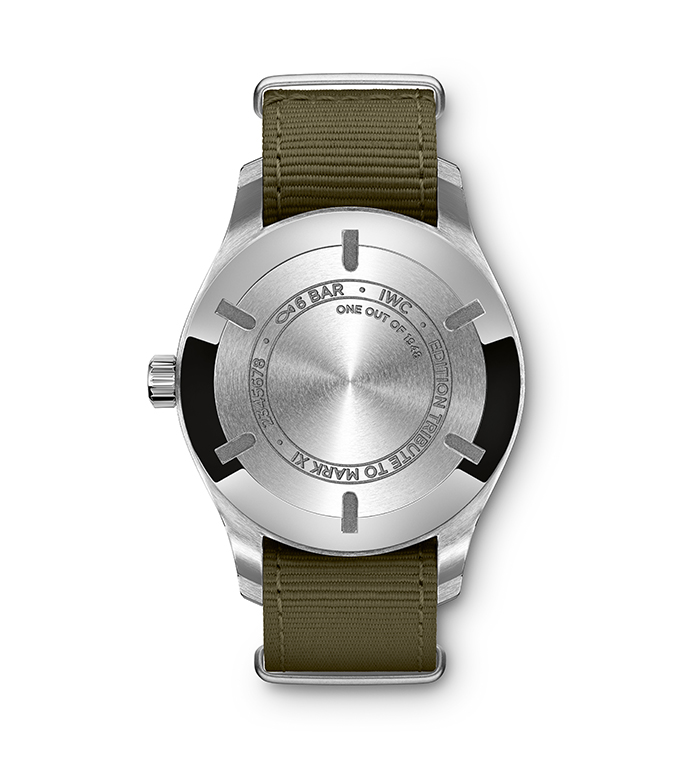
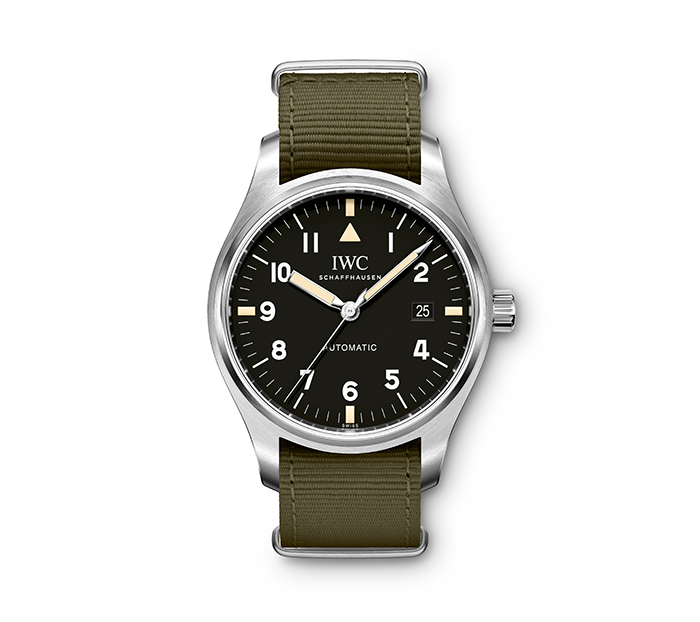
Shifting from sea to air, IWC recently released the Pilot’s Watch Mark XVIII, inheriting its design cues from the historic Pilot’s Watch Mark 11. The original Mark 11 was first produced in 1948, and was primarily supplied to the Royal Air Force. In 1994, IWC produced the Mark XII – a “civilian model” of the Mark XI – and made it available to the public.
The Mark XVIII retains much of the Mark 11’s design, but with a few tweaks. To begin with, both have black dials with white hands and indices. Both had Arabic numerals and slender hands. The differences lie on what was visible on the dial. First of all, the logo on the Mark 11 was the old one, with the name being spelled out (International Watch Co.). Below that was a broad arrow head, a symbol that denotes that the watch was government property. And just above the 6 o’clock index was a circle with the letter “T” in it. This symbol indicates the presence of tritium, as opposed to older models that use radium for illumination. On the new Mark XVIII, the current logo of IWC is below the triangle at 12 o’clock, the broad arrow head is not present on the dial, and the word “Automatic” takes the place of the circled “T”. The Pilot’s Watch Mark XVIII is limited to 1,948 pieces.

